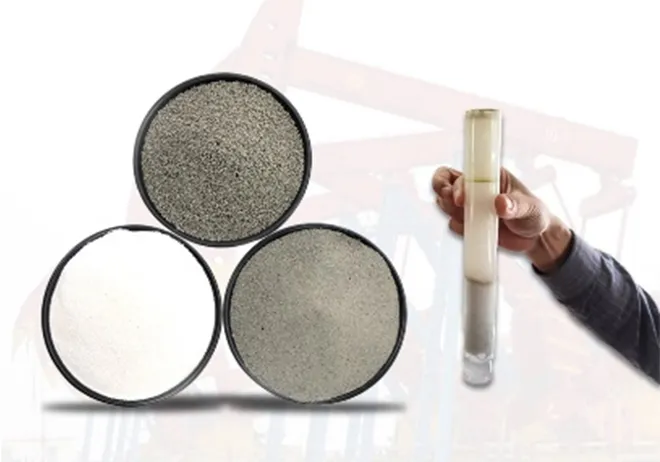Cenospheres Introduction and Applications
Back to list
These particles are a by-product of the pulverized coal combustion process and are typically found in fly ash, a residual material generated during this industrial activity.
Cenospheres possess a unique combination of properties that make them highly versatile in various applications. They are lightweight, have low thermal conductivity, high compressive strength, and excellent insulation properties. Furthermore, cenospheres are resistant to chemical attack and have a high surface area, which enhances their reactivity and adsorption capabilities.
In the construction industry, cenospheres are used as lightweight aggregates in concrete and plaster, reducing the overall weight of the structure while maintaining strength and durability. They also serve as an effective insulation material, helping to reduce energy consumption and improve thermal efficiency.
The automotive industry utilizes cenospheres in the production of lightweight composites, which can significantly reduce vehicle weight, thereby enhancing fuel efficiency and reducing emissions. Additionally, cenospheres find applications in the aerospace industry due to their high compressive strength and low density, making them ideal for use in various structural components.
Furthermore, cenospheres are employed in the manufacturing of paints, coatings, and plastics to improve their durability, scratch resistance, and overall performance. In environmental applications, cenospheres are used as adsorbents for the removal of heavy metals and other contaminants from wastewater.


